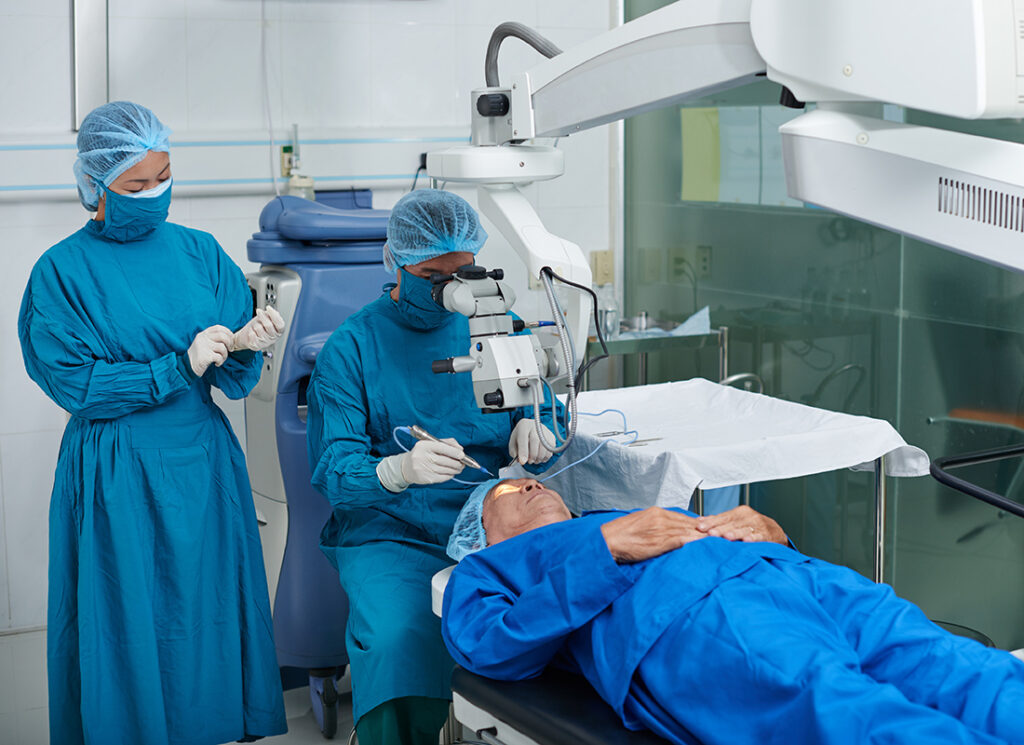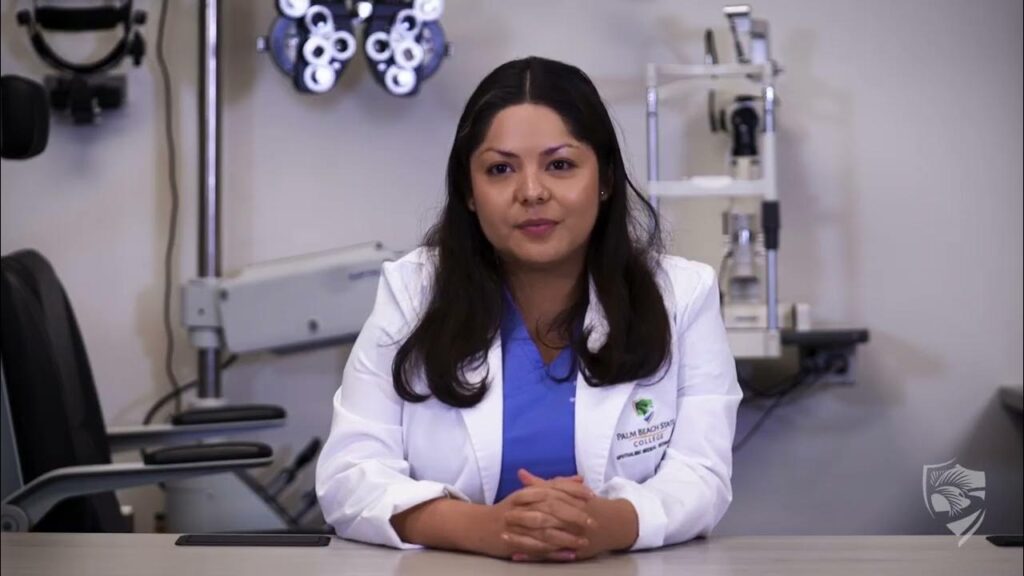Ophthalmic medical technologists are on the top tier of ophthalmic medical personnel, and have advanced training and experience in assisting ophthalmologists in basic and advanced eye examinations and knowledge in complex vision problems. Certified ophthalmic medical technologists can perform all the duties of ophthalmic assistants and ophthalmic technicians, but have more important tasks that are trusted to only individuals of this stature, which can include assisting in surgical procedures and providing advanced testing in color vision and ocular motility. An individual assigned with the position of ophthalmic medical technologist means that an ophthalmologist has given trust to the individual to handle these advanced tasks. Being certified in this position offers reassurance that the individual is experienced and skilled enough, to handle the position, compared to other people in the field or other employers.
COMT Certification Advantages
One of the main advantages for ophthalmic medical technologists becoming certified is that it provides professionalism, which is helpful when acquiring a job or furthering ones career to another facility. Ophthalmic medical technologists are expected to have a high degree of knowledge in assisting ophthalmologists, with all aspects of examinations, diagnosis, testing, treatment, and surgical assisting. To employers, reassurance of this can come from years of experience and good references and from certification as well. Many employers have employment ads looking for certified ophthalmic medical technologists. Ophthalmic medical technologists who want to move to other positions will find that certification can be used for both networking, and as a tool for promotion.
See Also: The Evolution of Laser Eye Surgery

Ophthalmic Medical Technologist Certification
Certification for ophthalmic medical technologists is provided through the Joint Commission on Allied Health Personnel in Ophthalmology (JCAHPO®), which is also a source for continuing education credits needed for renewing certification every 3 years. There are four options to qualify for certification examination; two requiring formal training from ophthalmic technologist programs accredited by the Commission on Accreditation for Ophthalmic Medical Programs (CoA-OMP), CMA, or Commission on Accreditation of Allied Health Education Programs (CAAHEP), one for certified ophthalmic technicians, and one for certified orthoptists. There is no independent study option for certification here because of the experience level required, and even candidates graduating from academic training programs need hands-on training or extra college level education. Recertification requires 36 continuing education credits before the end of the 3 year renewal period.
COMT Certification Requirements
The four options for qualification to take the COMT exam are listed below. There are time frame requirements for each component. For example, a formal educational training program may need to be completed within 12 months prior to submitting your application. This is shown in the parentheses next to each item and is in months.
- Graduate from formal training program plus 2 years college work
- Graduated from a CoA-OMP, CMA, or CAAHEP accredited Ophthalmic Technologist program (12)
- If not within 12 months, earn 12 JCAHPO Group A credits for each year following graduation (36)
- A Performance Test application and all examinations must be completed within 36 months of initial application.
- Complete two or more years of college or university-level courses (60 semester credit hours)
- Graduate from formal training program and work experience
- Graduated from a CoA-OMP, CMA, or CAAHEP accredited Ophthalmic Technologist program (12)
- If not within 12 months, earn 12 JCAHPO Group A credits for each year following graduation (36)
- A Performance Test application and all examinations must be completed within 36 months of initial application.
- 4,000 hours of work under ophthalmologic supervision
- Certified COT with experience
- 6,000 hours of work as a certified ophthalmic technician under ophthalmologic supervision
- Earned 12 JCAHPO Group A credits (12)
- Maintain certification as a COT before obtaining COMT
- Certified orthoptist with experience
- 4,000 hours of work as a certified orthoptist or OC(C) under ophthalmologic supervision (60)
- Earned 12 JCAHPO Group A credits (12)
- Maintain certification as a certified orthoptist (by the American Orthoptic Council or the Canadian Orthoptic Council) before obtaining COT
See Also: Benefits of Bladeless Laser Eye Surgery

Certified Ophthalmic Medical Technologist Exam
The COMT exam consists of 200 scored multiple-choice questions with a 3 hour time limit. The test material is more advanced in all areas, especially on topics in tonometry, color vision, ocular motility, ocular imaging, ocular pharmacology, and clinical optics. As of 2009, the current outline for the certified ophthalmic medical technologist exam is listed in the table below and a more complete breakdown of subject areas can be found on the website.
Content Area & Percentage of exam
1 History Taking 1%
2 Basic Skills & Lensometry 2%
3 Patient Services 1%
4 Basic Tonometry 1%
5 Instrument Maintenance 2%
6 General Medical Knowledge 3%
7 Clinical Optics 10%
8 Basic Ocular Motility 5%
9 Visual Fields 7%
10 Contact Lenses 8%
11 Intermediate Tonometry 3%
12 Ocular Pharmacology 6%
13 Photography 2%
14 Microbiology 2%
15 Advanced Tonometry 3%
16 Advanced Visual Fields 4%
17 Advanced Color Vision 2%
18 Advanced Clinical Optics 8%
19 Advanced Ocular Motility 7%
20 Advanced Photography 4%
21 Advanced Pharmacology 5%
22 Special Instruments and Techniques 8%
23 Advanced General Medical Knowledge 6%
COMT Performance Test
After passing the multiple choice examination for the COMT and the Skill Evaluation test, a Performance test needs to be completed before certification is assigned. The Performance test consists of tasks most commonly performed by ophthalmic medical technologists, including measure of ocular motility, determining pupil function at a distance, checking for abnormalities, perform manual lensometry, and do ocular imaging. The tasks are scored on technique and accuracy, and a score of either ‘satisfactory’ or ‘non-satisfactory’ is given.

